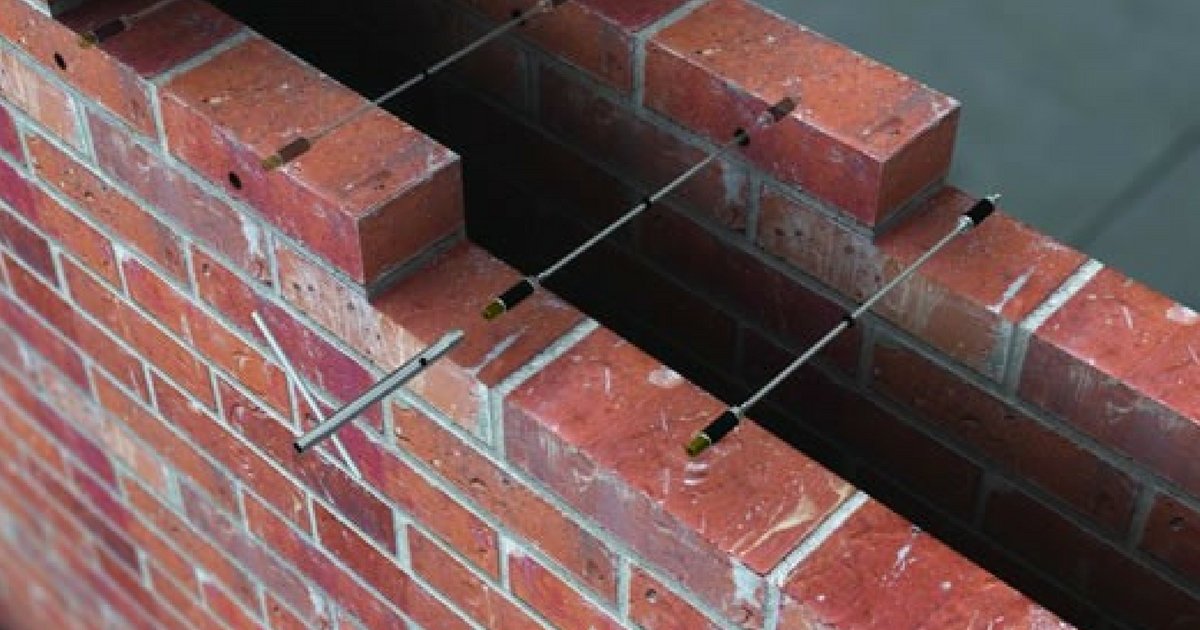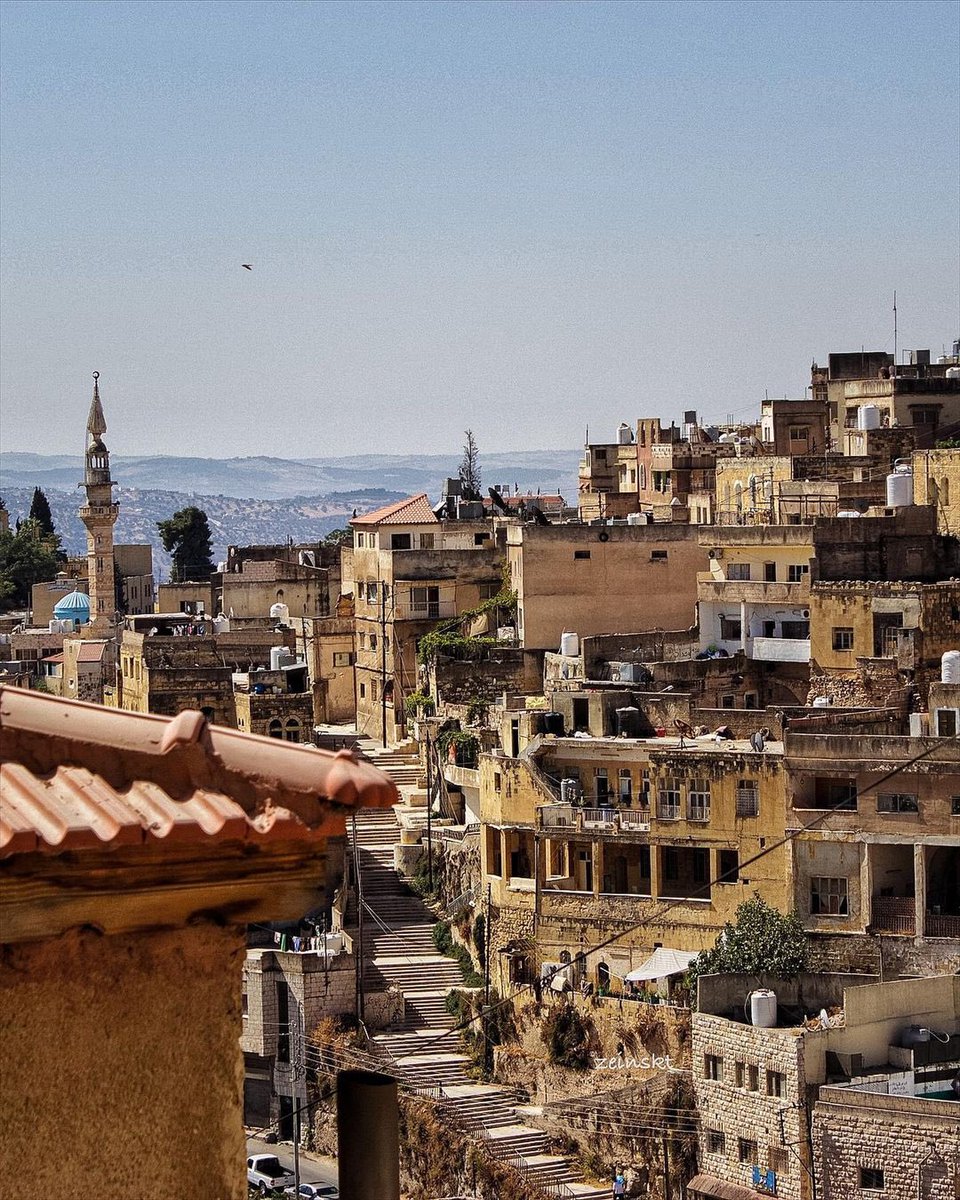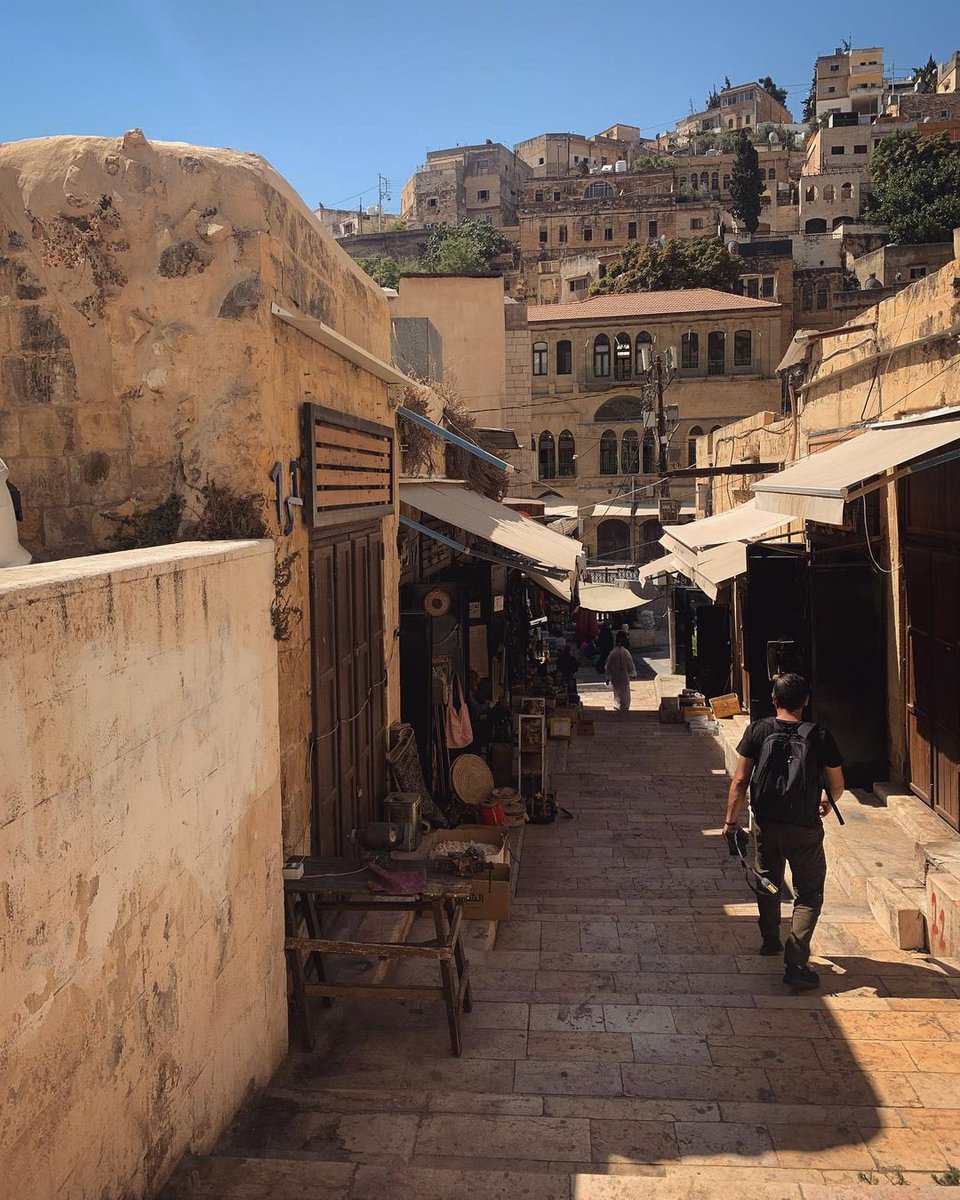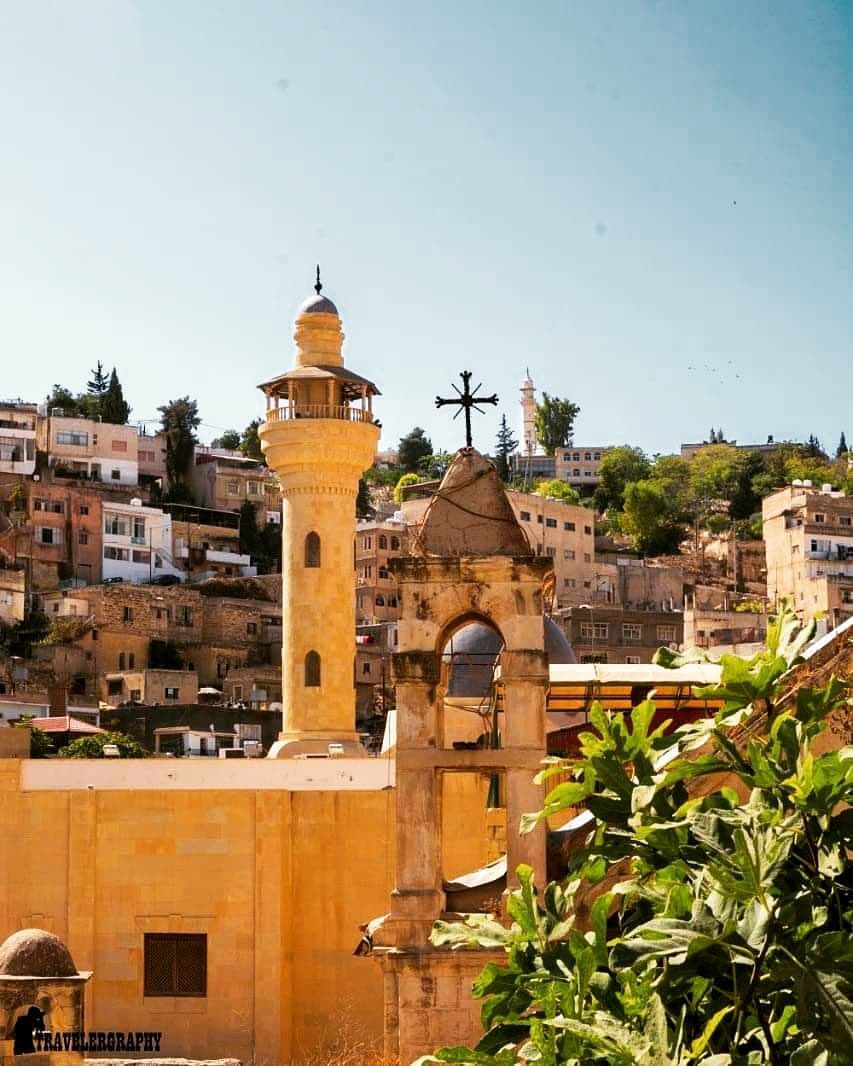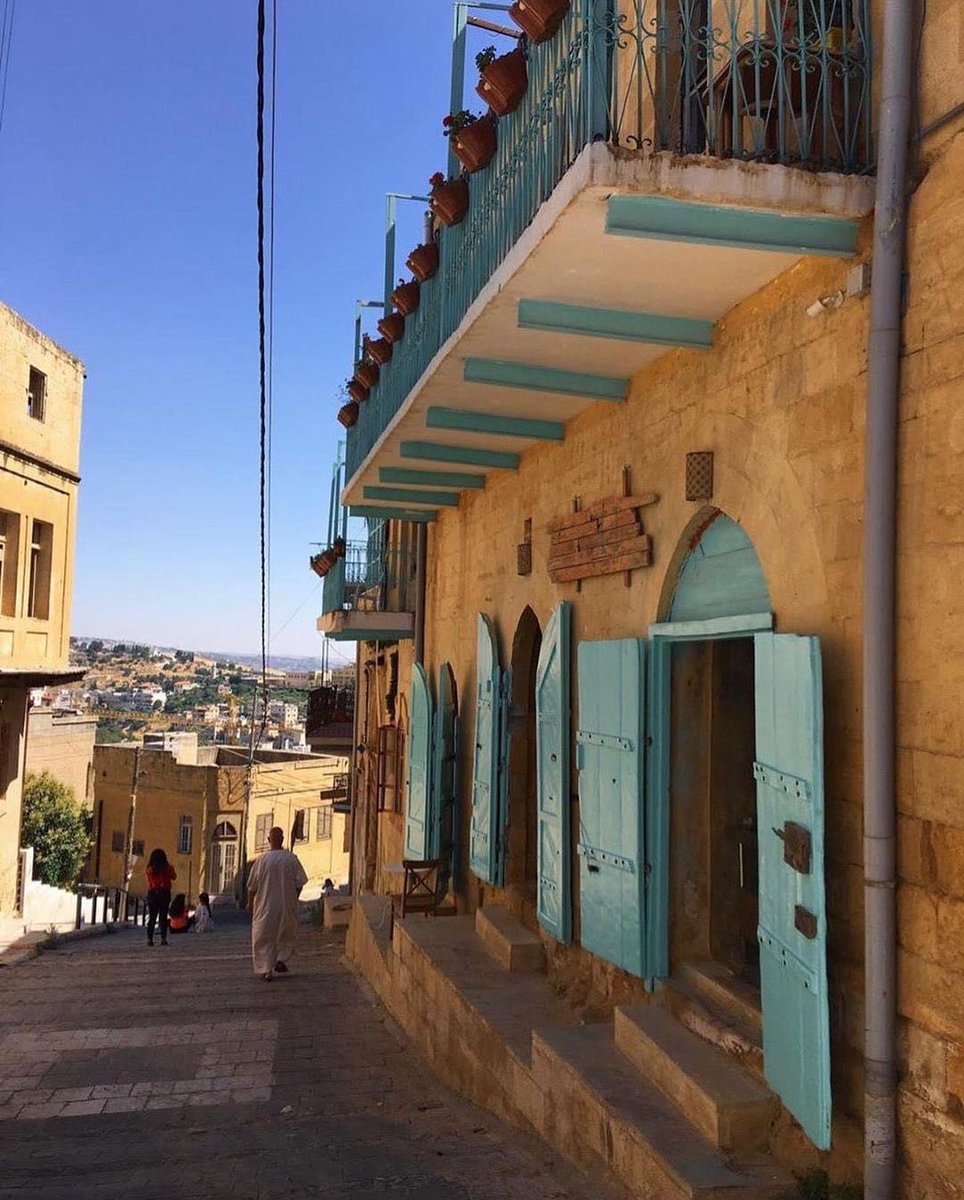
Why did Khmer and Mesoamerican cities collapse between 900-1500 while more rural surroundings survived unharmed? The common theme seems to be a long term investment in soil and water management resources. Meanwhile, us moderns are doing nothing of this. sydney.edu.au/news-opinion/n…
Link to study: pnas.org/content/118/40…
The ancient cities that survived for more than half a millennia all had two things in common: they took relatively good care of their surrounding forests and soils and they did not hesitate to pour any amount of resources, land, effort, labor into securing good and healthy water. 

I was in Northern Japan during the 2011 mega-quake and the impression it left with me most is that we are truly screwed if we try to approach natural disasters and climate change from the wrong perspective or scale. I want to prep a city of 76,000, not an individual or the Globe. 

• • •
Missing some Tweet in this thread? You can try to
force a refresh


















